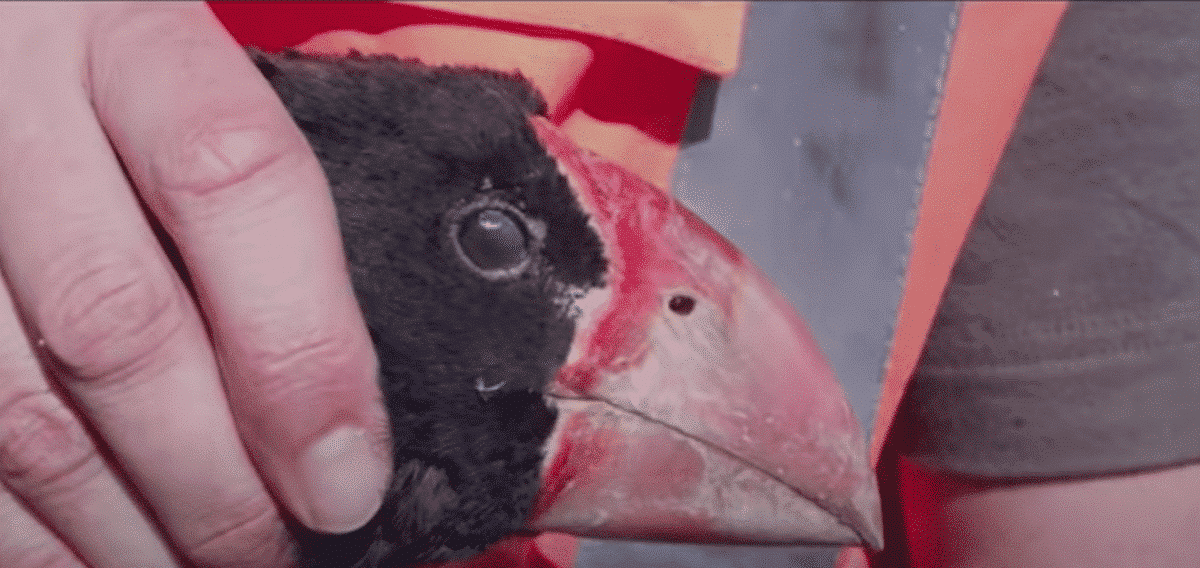Thought to have disappeared many years ago, the Takahē, a sizeable flightless bird, has reemerged in the woodlands of New Zealand’s South Island. Their unexpected return on the alpine terrain is a major milestone for conservation efforts in the area.
About the Takahe
The Takahē bird, scientifically known as Porphyrio hochstetteri, is a remarkable and unique species native to New Zealand. Millions of years in the past, the predecessors of the Takahē journeyed from Australia to New Zealand. In this new land without terrestrial predators, the Takahē gradually evolved to lose their ability to fly and became flightless. The Takahē was initially thought to be extinct, with the last confirmed sighting dating back to the late 19th century.
Previously declared extinct
In 1898, an official declaration of extinction was made for these birds, as their already dwindling population was severely impacted by the introduction of animals belonging to European settlers, such as stoats, cats, ferrets, and rats. Following extended periods of being on the brink of extinction, the Takahē currently enjoys safeguard within Fiordland National Park (the largest of New Zealand’s national parks). Nevertheless, despite being rediscovered in 1948, the species has yet to achieve a consistent revival in this particular environment.
How the bird population grew
At the start, conservationists collected and artificially nurtured the eggs to safeguard them from predator consumption. As the eggs hatched, workers fed and nurtured the chicks while donning sock puppets resembling the birds’ recognizable red beaks. Transitioning to captive breeding, the Department of Conservation (DOC) progressively introduced the birds to selected island sanctuaries and national parks, making significant investments in trapping and pest eradication endeavors to ensure the birds’ safety.
The Takahē Recovery Programme encompasses a collaborative network of individuals across New Zealand, united in their efforts to ensure that the Takahē never faces the status of ‘extinct’ again. Takahē reproduce once a year, raising 1–2 chicks, and are territorial defenders. Their required territory size (4–100 hectares) depends on food availability. In the wild, Takahē live for 16–18 years, while in sanctuary sites, they can reach 20–22 years of age.

How many Takahē birds are there today?
As a result, the Takahē Recovery Programme by the Department of Conservation (DOC) has made efforts to rescue the species from extinction, resulting in a current population of slightly over 400 birds.
Encounters with the Takahē are possible at various locations throughout the country. In their natural habitat, Takahē are found exclusively in the Murchison Mountains of Fiordland National Park, and more recently, they have been introduced to Gouland Downs in Kahurangi National Park. These are sanctuary sites where the Takahē can be respectfully admired.
What you can do
The Takahē Recovery Programme offers opportunities for involvement. You can help by sponsoring a Takahē, visiting sanctuary sites, and staying informed about ongoing conservation efforts.
Fly over to the next topics on all things bird-related:
Why the Peregrine Falcon Is the Fastest Bird In the World
Hawk Hides from Hurricane in Taxi and refuses to leave
Join our Forum for free today!

- The Kleptomaniac Cat That Rules Houston - July 20, 2024
- Elephant Makes a Lifelong Friend at Sanctuary in Tennessee - July 14, 2024
- Evidence For World’s Oldest Fossilized Forest Discovered in New York - July 11, 2024


Wednesday 30th of August 2023
Very interesting article!!